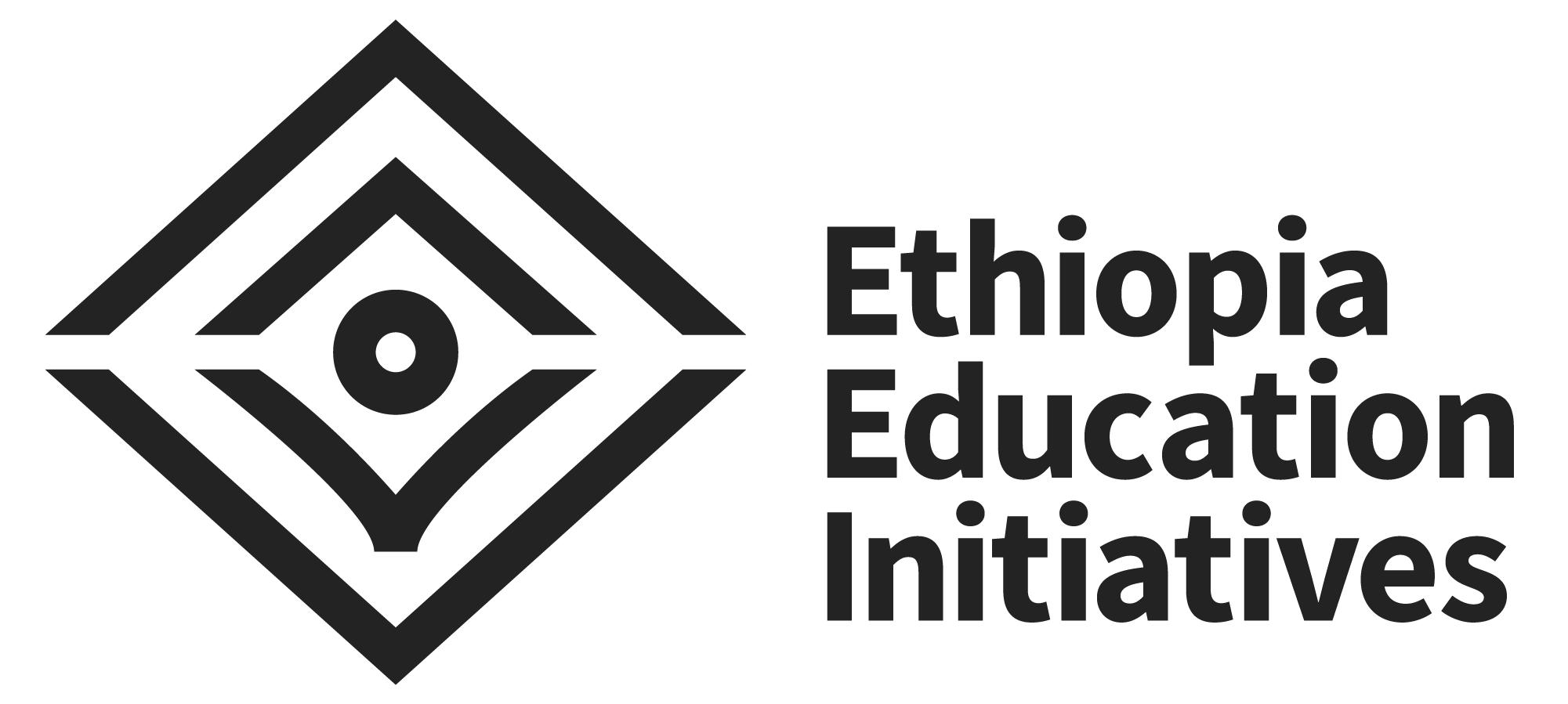Making is Learning
Frank Mullen is the Director of the Q&A Lab at Haile-Manas Academy.
HMA’s Q&A Lab is named what it does: ask—and answer—project-based questions of all kinds. The Lab is a space where students integrate what they’re learning in physics, biology, chemistry and arts classes, and test solutions to problems around them and in their communities, rather than having solutions delivered to them. As the Director, I am in charge of making sure the Lab lives up to its name.
I didn’t move into teaching through a conventional path. I’m from Indiana, and started out in the visual arts, then moved to architecture, forensic consulting and finally into teaching. If you took one of those components out of my CV, I wouldn’t be nearly as prepared as I am for this position at HMA.
I’ll also draw on my teaching experiences. For example, at a prior position at a school in Cambodia, I asked Cambodian colleagues if we could visit a traditional family house, so I could learn about local construction methods. When we got to the home they selected, we met a single mother and her children struggling in a house that was leaning hard on its stilts, waiting for the next flood to push it over. After spending some time with the family, my team and I stripped the house to its bones, jacked it straight, and rebuilt it into a slightly larger home with an indoor toilet and a rainwater collection system. We learned what you can do about a pressing need, once you discover it, and the value of not walking away from a challenge. We put the design thinking process to work and solved a problem in a way that started with deep empathy for that family and their survival.
During orientation at HMA, our students took on their first design challenge. We asked them to create a mechanism that could carry a large rock over a “canyon” approximately two meters wide. I chose this task because it involved familiar materials, as well as physics, math and teamwork. So working in small groups and with a minimum of materials and tools—not much more than wood, rope, tape, shovels, hammers and nails—the students embraced the challenge! They argued and voted and asked and built, and by turns they cheered for each other in failure and success. Failure, after all, is not defeat—it’s how you get closer to a solution. And they got there—together.
It is already clear to me that our students are bright, ambitious and capable of incredible problem-solving that is also compassionate and collaborative. Imagine what they will be capable of in a year or two! They will inherit this world someday, and I love that I can have an impact on them and how they build that future. At HMA, and especially at the Q&A Lab, our students are surrounded by the constant making of things. As both an artist/sculptor and as their teacher, I’ll be making and building right beside them.
